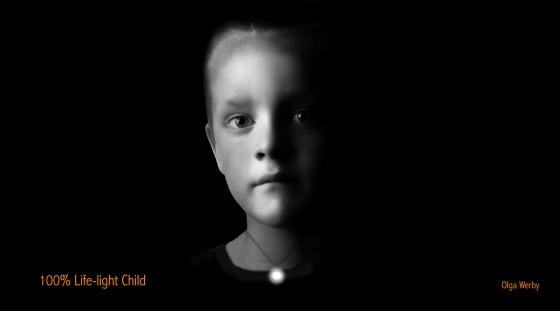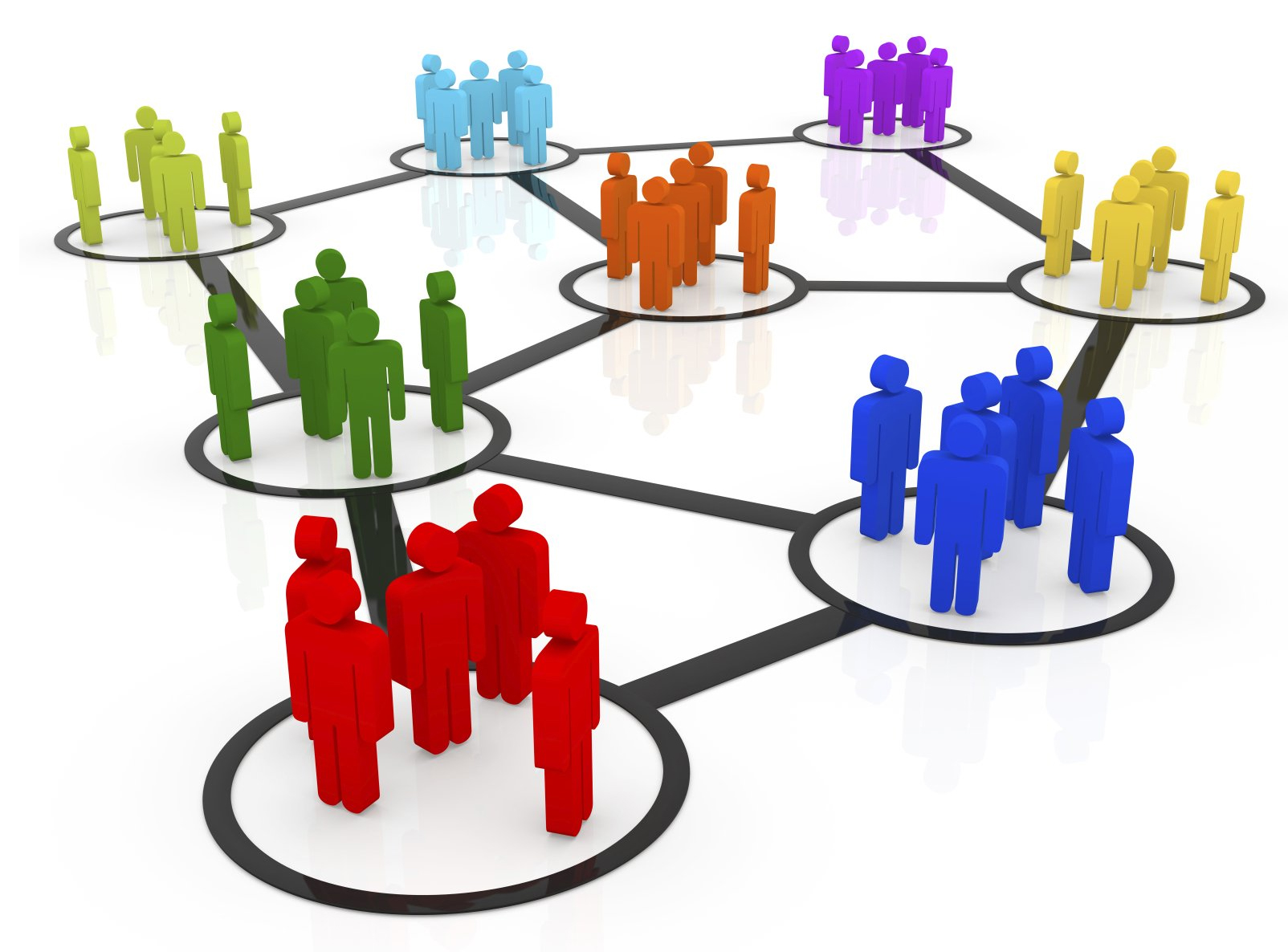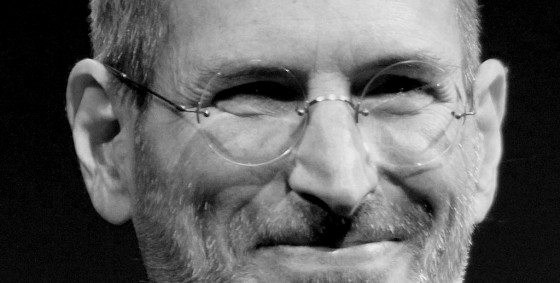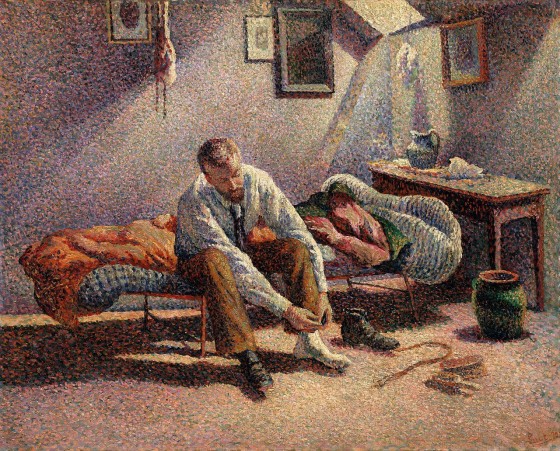
Baby Killer Brian was running away. He dumped his laundry basket into the trunk of his car, wrapped his computer in a towel and stuffed it underneath the mixture of dirty and clean clothes, and took off North. His college midterms went poorly and the paper he wrote for the world philosophy class was just dreadful. He was tired and haven’t slept in a very long time. Life had gotten to be too much lately and he had enough of it. He drove into the night. He liked staring into the passing lights, it was easy to lose oneself in the monotony of the highway in the dark — nothing to really see, just the passing the headlights, reflectors, and the lit highway signs. He drove most of the night. In the gray pre-dawn, he noticed a small billboard for a rest stop, offering hot coffee. Without making a conscious decision, Brain found himself turning off on a small side road and then into a parking lot of a medium-sized diner. Quite a few cars were already parked in a cluster around the front entrance. Soft yellow light spilled out of the curtained windows. Brian parked his car in the…






